For My Loved Ones
by Liz McGeachy, Communications Director
My 26-year-old son stopped by my house yesterday to drop something off that we needed. Although he lives only a 30-minute drive from us, we hadn’t seen him in person in a month. That’s unusual … and hard for me. My son is currently fine, but he was wearing a mask and gloves – also unusual – or at least it used to be. He dropped off the item in the carport, and we stood in the yard, many feet apart, talking about what’s going on in the world with COVID-19 – how disorienting and sobering it all is.
When he left, we didn’t hug of course. My husband and I waved at him from across the yard, and I told him I loved him. He said “I love you too. So please – both of you be really careful. I’m not that worried about myself, but I don’t want anything to happen to you.”
As he drove off, I thought about what a role reversal that was – my son who was a teenager not that long ago telling ME to be careful. I realized what a gift it is to have my children and others in my life who care about my well-being and want to look out for me. But how do we do that in these days? One of the particularly devastating characteristics of this crisis is how it robs us of our usual forms of affection. No hugs, no prolonged visits, no gifts that aren’t sanitized, no physical comfort for the sick, not even for the dying. It’s heartbreaking.
Nevertheless, there are still plenty of ways to show our loved ones we care. My son brought me something I needed while wearing protective gear. He told me he loved me and asked me to be careful. That meant the world to me. There are also myriad ways of connecting over the computer and the phone. These ways might seem impersonal and stressful to learn, but it gets easier, and connection is important in whatever form. People are learning to be creative in showing their love – drive-by parties, messages in windows, sewing masks, writing letters, singing from rooftops. It’s inspiring.
My husband and I recently did something to show our love and care for our children. We filled out a little workbook created by Chicory Wealth called “For My Loved Ones at the Time of My Death.” This workbook is a place to put important information like who to call first, a list of our bank and credit card accounts, where our legal documents are kept, our desires for a memorial service, and much more. Yes, it took a bit of time (an afternoon) and some energy (looking up account numbers and other information), but it was worth it. No, we’re not planning to die anytime soon (I am heeding my son’s advice), but coronavirus or not – one never knows when that day will come. I don’t want to add to my children’s distress at such a time by leaving them floundering in a chaotic mess of administrative and other matters.
After my husband and I finished filling out the workbook, we set a reminder to update it in a year. Then we had a conversation with our two children (over the computer) about what was in the document, where they could find it, and why it was important to us to fill it out – because we love them and want to care for them the best we can.
Chicory Wealth is making this workbook free and accessible to any of you who would like to use it. We feel strongly that everyone should have such a document, no matter your age, understanding that you can update it regularly. You can find it on our Resources page as well as below, in two versions — one in Microsoft Word, for those who want to fill out an electronic version (always password-protect such documents if you keep them on your computer), and another in PDF, to be printed out and filled out by hand. We hope you will use this workbook, along with your other legal estate documents, to show your loved ones how much you care for them.
- For My Loved Ones at the Time of My Death (Microsoft Word version)
- For My Loved Ones at the Time of My Death (PDF version)




